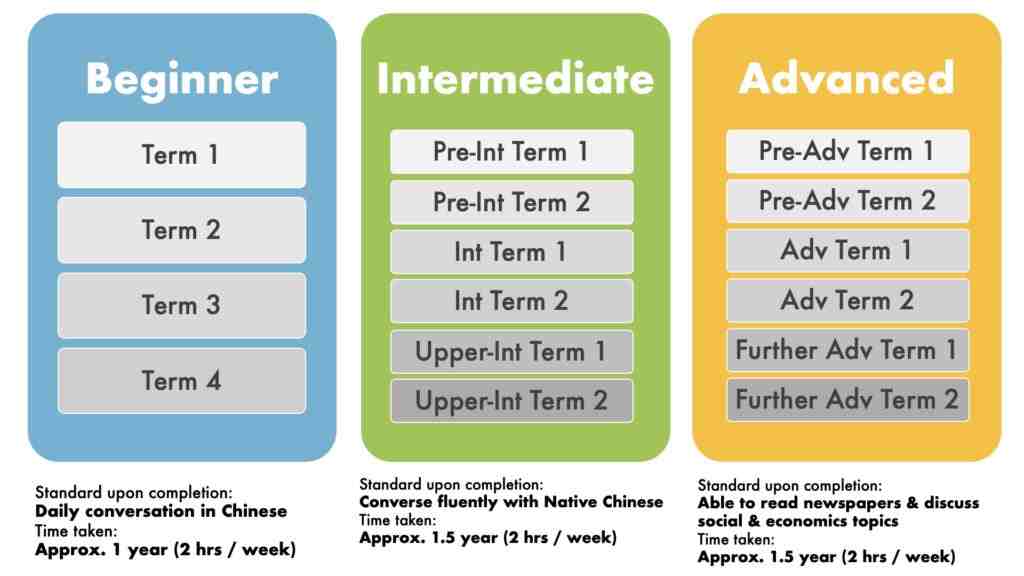HSKK (Chinese Speaking Test)
The HSK (Hanyu Shuiping Kaoshi) or Chinese Proficiency Test is an internationally standardized test that assesses and evaluates Chinese language proficiency. The HSK test measures the ability of non-native Chinese speakers to use the Chinese language in daily life, academics, and professional settings. Developed in 1984, the first HSK test was administered abroad in 1991. Since then, Chinese language testing centers have spread worldwide.
The HSK Speaking Test (HSKK) evaluates the oral Chinese language skills of test participants. The HSKK is divided into three levels: Basic, Intermediate, and Advanced. The HSKK test is conducted in the form of audio recordings.

HSKK Basic
Test-takers who pass the HSKK Basic can understand and use Mandarin for everyday expressions and meet specific communication needs.
The HSKK Basic is intended for students who have studied Mandarin for 2-3 class hours per week for 1-2 semesters and have mastered around 200 commonly used words.
HSKK Basic Test Structure
Part I: 15 items. For each item, a sentence recording will be played, and test-takers must repeat the sentence.
Part II: 10 items. For each item, a question recording will be played, and test-takers must provide a brief answer.
Part III: 2 items. There will be two questions on the test paper (in pinyin). Test-takers must respond to these questions using at least five sentences per answer.
HSKK Intermediate
Test-takers who pass the HSKK Intermediate can understand intermediate-level Mandarin and communicate fluently with native speakers.
The HSKK Intermediate is designed for students who have studied Mandarin for 2-3 class hours per week for 1-2 academic years and have mastered around 900 commonly used words.
HSKK Intermediate Test Structure
Part I: 10 items. For each item, a sentence recording will be played, and test-takers must repeat the sentence.
Part II: 2 items. Each item consists of a picture. Test-takers must describe the picture.
Part III: 2 items. Test-takers must answer two questions.
HSKK Advanced
Test-takers who pass the HSKK Advanced can understand spoken Mandarin and fluently express their ideas in Mandarin.
The HSKK Advanced is aimed at students who have studied Mandarin for 2-3 class hours per week for more than 2 academic years and have mastered around 3,000 commonly used words.
HSKK Advanced Test Structure
Part I: 3 items. A passage recording will be played, and test-takers must repeat the content.
Part II: 1 item. There will be a passage on the test paper, and test-takers must read it aloud.
Part III: 2 items. Test-takers must answer two questions listed on the test paper.
Final Certificate Results
| HSKK Level | Maximum Score | Passing Score |
| HSKK Basic | 100 | 60 |
| HSKK Intermediate | 100 | 60 |
| HSKK Advanced | 100 | 60 |



